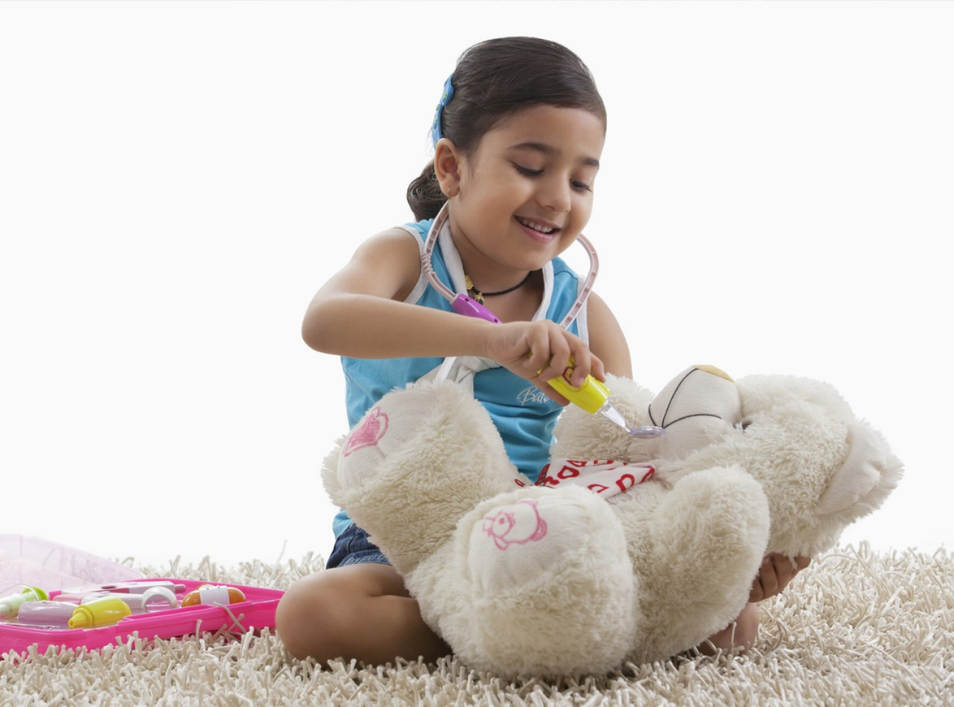Importance of controlling the spread of cold and flu germs


Germs latch on to your little ones at school, in public places, while playing outside and even at home. Asking your kids to practice preventive measures is a challenge.
Fortunately, there are a few ways you can help even young children understand the unhealthy power of germs. Start by explaining the connection between germs and illness. If kids understand that germs can make them sick and even make them miss their favourite activity, they will be more likely to take precautions.
These tips will help you raise germ awareness, making your children actively work at staying healthier.
For kids, seeing is believing. Show them how germs spread with the glitter trick: add some glitter to hand sanitizer, have one child use it, and then have everyone shake hands with everyone else.
This demonstrates how easily germs spread from person to person with simple contact.
When you say “wash your hands” to your child, how long does the water run in the sink? Chances are, it’s about five seconds—just long enough to prove their hands are wet.
So how to clean your hand? The most effective way to clean your hand is with soap and water. It’s essential to teach children proper hand washing techniques.
General cleaning of the places where kids play, eat and learn is vital for minimising the spread of germs. It is important to physically remove dirt and germs from objects or surfaces; in fact, removing of germs is the only way. Clean surfaces with Lizol All Purpose Power Cleaner and follow the instruction on the label.
Make wiping & cleaning a daily household event. Have kids focus on wiping frequently touched surfaces, such as door handles, light switches, sink faucet handles, and even tables and chairs
(as per the directions on the label).
As a parent, you’ve probably heard yourself say, “Cover your mouth!” hundreds of times after someone coughs or sneezes. How many times until it sticks? The answer is a mystery—but it’s important to keep dishing out the reminders.
To reduce the spread of germs, teach your kids to use a tissue and to discard it properly after use. If a tissue is unavailable, teach them to cover their sneeze or cough with their upper sleeve or elbow, rather than their hands.
With younger children, you can make proper respiratory etiquette a game. Demonstrate a bunch of different coughs and sneezes—with tissue, without tissue, into your hands, into the air, into your sleeve—and have your child tell you which ways are right and wrong.
As for the older ones, experiential learning is the key, keep reminding them. They will eventually catch on.